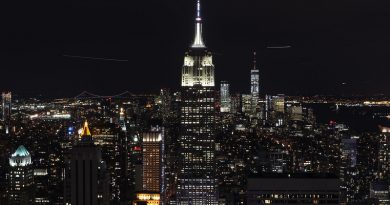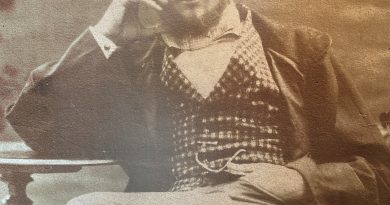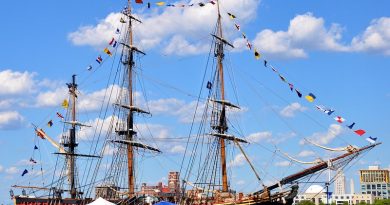New Britain, Rabaul and the Pacific War
New Britain is the largest of the PNG islands and also the one with the longest colonial history. It was here that German colonists first settled in the 1880s, hoping to exploit the local land and people. After WW1 Australia was given the mandate for the region and made Rabaul, only a few kilometres down the coast its administrative centre. It was also the first area to fall to Japan’s sweeping victory over the South Pacific and rapid advance towards Australia.
This coastline has seen some of the worst fighting that took place in the Pacific during WW2. It was also the scene of the Japanese attack that came to be known by the world as the “Darkest Hour”
At only 150kms from the Australian coastline PNG was of great strategic importance to the Japanese. After their attack on Pearl Harbor in the US in December 1941, the Japanese made a rapid move down the Malayan peninsula and across Southeast Asia to New Guinea, where they were confronted by American and Australian forces.
The Kokopa Historical and Cultural Centre commemorates the terrible ensuing war that was to last nearly 4 years and cost thoussnds of lives.
When the Japanese launched their unexpected attack on the island on 23rd January 1942 they met little resistance. Within a day they has taken over the area and set about making Rabaul their control centre.
It was the most heavily defended target in the South-West Pacific area and remained in Japanese hands for the duration of the war. Today Gazelle Peninsula is riddled with remnants of the war.
This harbour was the very reason why the German colonisers had chosen to settle here in 1884. It’s unusually deep and therefore ideal for shipping the produce from local plantations to the international market. It was a great success. Business flourished and the plantation owners lived a life of luxury with local servants and imported goods. Rabaul was soon known as the Pearl of the Pacific.
Of course that also made it a prime target for the Japanese attack Today the harbour is brimming with WW2 wreckage and new wrecks are found every year.
Today sixty-five Japanese war ships lie in silent repose in the crystal waters of Simpson Harbour, many in excellent condition and pretty intact
The Hakkai Maru was a Navy auxiliary vessel, with a displacement of 5,110 tons and length of 422ft. On 17 January 1944 she was alongside and repairing a Japanese cruiser near New Georgia when allied planes attacked and sank the cruiser. Hakkai Maru returned to Rabaul for safety and anchored at 17.00. About 20 minutes later she was sunk by US Mitchell bombers employing a method called “skip bombing”. 25crew were killed in the attack.
The ship’s clock, now in Rabaul Museum, stopped at 17.40. Hakkai Maru lies upright, with her stern in 80ft and the bridge in 100ft of water. The stern contains a coral-encrusted cannon – one of the most famous images of Rabaul’s wrecks. Hakkai Maru is perhaps the best wreck dive at Rabaul, not merely because of her size, but also because of the wealth of coral and invertebrate growth on her superstructure and hull.
Despite its centre stage position during the war Rabaul continued in its stride until the next disaster struck in 1994.
When the Germans settled here to take advantage of Rabaul’s natural harbour they didn’t know that they were building a town on some of the world’s most active volcanoes. The surprise came in 1937 when 2 of them blew their tops and over 500 people were killed.

In September 1994 both volcanoes erupted again. The population was much better prepared and only 5 people died, but Rabaul was pretty much wiped out in a mega downpour covering it with ash and rock. 50,000 people lost their homes.




